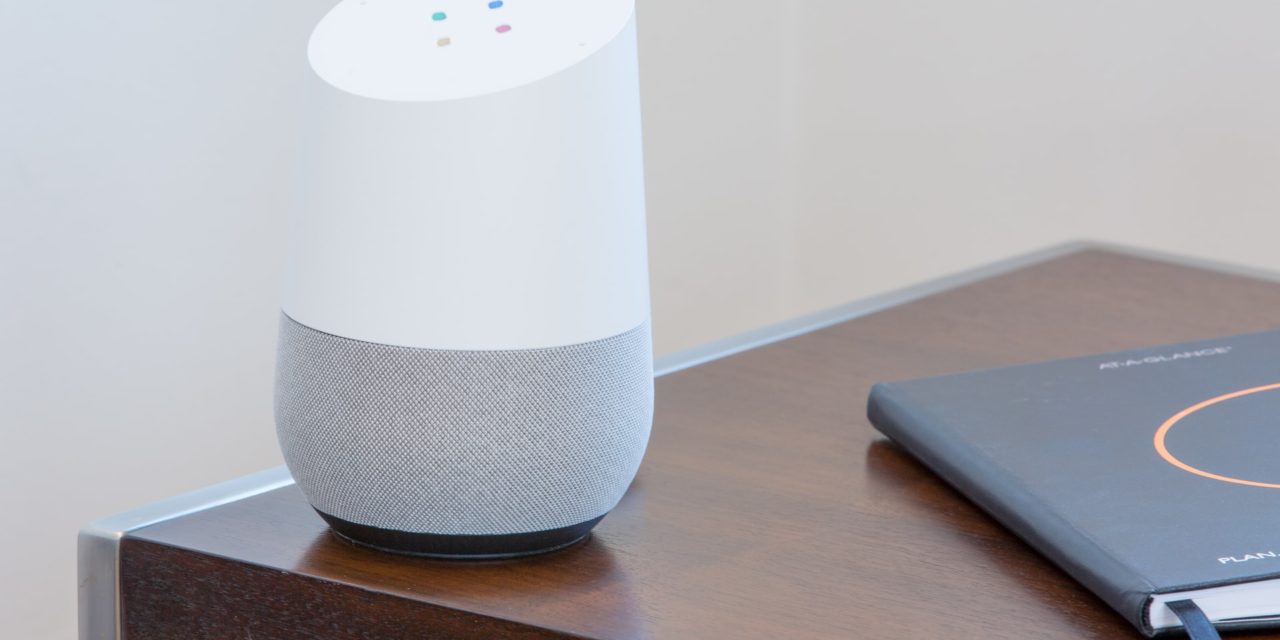[ad_1]
Just Imagine, if you can monitor and control your garage door remotely on your phone, thus ensuring yourself peace of mind or imagine you can set your home thermostat 10 minutes before you reach home or your washing machine can give you a text message, when your clothes are washed and ready to be placed in the dryer. Internet of things applications has made all this imagination into reality.
The Internet of Things has become a buzzword in recent years. The term “Internet of Things” was first coined by Kevin Ashton in 1999 to describe a system where a computer is able to collect the data from physical world via sensors without any human intervention. Today IoT is referred in terms of providing internet connectivity to physical devices enabling us to monitor and control them. This article focuses on how IoT can benefit in personal and home use.
In Internet of Things paradigm, devices with sensors are connected to the internet. These devices need not have in-built Wi-Fi support to connect to a wireless router as you would expect for a smart phone or a tablet. They can use different protocols like Bluetooth LE, ZigBee, Z-wave or Wi-Fi to communicate with a gateway. The gateway can support these radio protocols to communicate with the device on one end and hook into a home internet router on the other end. One such gateway or hub called “Revolv” was showcased at CES 2014. Use of low power radio transceivers results in longer battery life for battery operated devices like smoke detectors and thermostats.
The data which is captured by these devices is uploaded to cloud. The cloud hides Z-Wave, ZigBee, Wi-Fi and the other protocols from the user application. Any product using any of these protocols can be controlled on the same smartphone; thus in turn makes heterogeneous home networks a reality. Each of these devices can be uniquely identified on the cloud. A smart phone app or web application can access this device data as well as send a command to any of these devices. Appliances like washing machine, refrigerator, microwaves, air-conditioners, etc. as well as simple devices like light bulbs can thus be monitored and controlled. This can result in better home and energy management.
This is just the glimpse of Internet of Things in the field of personal and home usage. IoT products can be used to create a home monitoring system for children and elderly people. Doctor can monitor patients at their homes thereby reducing hospitalization costs. There are endless possible applications of IoT which can improve our lives and help us manage ourselves and our houses more effectively.
[ad_2]
Source by A. Himanshu

